Each year, billions of birds embark on extraordinary journeys spanning thousands of miles, navigating between breeding grounds and wintering territories in one of nature’s most remarkable phenomena. These epic migrations aren’t continuous flights but rather strategic journeys punctuated by essential rest stops where birds refuel, rest, and prepare for the next leg of their journey. These critical migration pit stops—often called stopover sites—aren’t merely convenient pauses but rather lifesaving sanctuaries without which many migratory species simply couldn’t survive. From coastal wetlands teeming with seafood buffets to desert oases offering unexpected respite, these ecological refueling stations represent the hidden infrastructure of bird migration. Understanding and protecting these vital locations has become increasingly urgent as habitat loss, climate change, and other human activities threaten the delicate balance that migratory birds depend upon.
The Delaware Bay: Horseshoe Crab Buffet for Arctic-Bound Shorebirds

Each spring, the shores of Delaware Bay transform into one of the most important migratory stopover sites in North America, particularly for red knots and other shorebirds making their way to Arctic breeding grounds. The timing of their arrival coincides perfectly with horseshoe crab spawning season, when thousands of prehistoric-looking crabs emerge from the water to lay their eggs along the shoreline. For red knots—which may have already flown non-stop from South America—these energy-rich eggs provide a critical nutritional boost, allowing birds to nearly double their body weight in just a few weeks. Research shows that birds failing to gain sufficient weight at Delaware Bay face significantly lower survival rates and breeding success. This ecological relationship is so finely tuned that declines in horseshoe crab populations due to overharvesting directly impact bird populations, making conservation efforts at this site crucial for multiple species’ survival.
The Great Salt Lake: America’s Desert Oasis

Rising like a mirage from Utah’s desert landscape, the Great Salt Lake represents a critical waypoint for millions of migratory birds crossing the otherwise inhospitable terrain of the American West. Despite its hypersaline waters, the lake’s wetlands and surrounding habitats support an astonishing abundance of brine shrimp, brine flies, and other invertebrates that provide essential nutrition for exhausted travelers. For species like the eared grebe, the Great Salt Lake serves as more than just a rest stop—up to 90% of North America’s population gathers here during migration, completely transforming their bodies by gorging on the lake’s abundant food resources. The significance of this inland sea extends to numerous other species, with Wilson’s phalaropes, American avocets, and black-necked stilts all depending on its unique ecosystem. Unfortunately, water diversion, climate change, and development threaten this critical habitat, with the lake reaching record low levels in recent years that endanger its ability to support migratory birds.
The Copper River Delta: Alaska’s Coastal Refueling Station

Sprawling across 700,000 acres of pristine wetlands along Alaska’s southern coast, the Copper River Delta stands as one of the largest and most productive migratory bird habitats in the world. Each spring, this vast mosaic of marshes, mudflats, and sedge meadows welcomes millions of shorebirds, particularly western sandpipers and dunlins, making their way toward northern breeding grounds. What makes this delta particularly valuable is its position as one of the first major feeding grounds birds encounter after crossing the Gulf of Alaska—a challenging flight that depletes their energy reserves. The delta’s rich tidal zones teem with amphipods, polychaete worms, and other invertebrates that allow birds to quickly rebuild their strength and fat stores. Protected as part of the Chugach National Forest, this remarkable ecosystem represents one of the few major migratory stopover sites that remains relatively pristine and protected from development, though climate change impacts and potential resource extraction projects pose ongoing concerns.
Chesapeake Bay: Atlantic Flyway’s Grand Central Station

As North America’s largest estuary, the Chesapeake Bay functions as a critical intersection along the Atlantic Flyway, serving the needs of waterfowl, songbirds, and raptors alike. The bay’s extensive network of wetlands, forests, and shallow waters creates a mosaic of habitats that support different migratory species throughout the year. During fall migration, the bay welcomes nearly one million waterfowl, including canvasbacks, redheads, and greater and lesser scaup that feed on submerged aquatic vegetation and shellfish beds. For species like the tundra swan, the Chesapeake represents the southern terminus of their migration, where they’ll spend the entire winter. The complexity of this ecosystem allows it to serve birds with diverse needs—from fish-eating ospreys to seed-consuming songbirds—making it one of the most multifunctional stopover sites in eastern North America. Despite its importance, the Chesapeake faces significant challenges from agricultural runoff, development, and climate change, which have degraded water quality and reduced the extent of critical wetland habitats.
Playa Lakes of the Southern Great Plains: Prairie Potholes
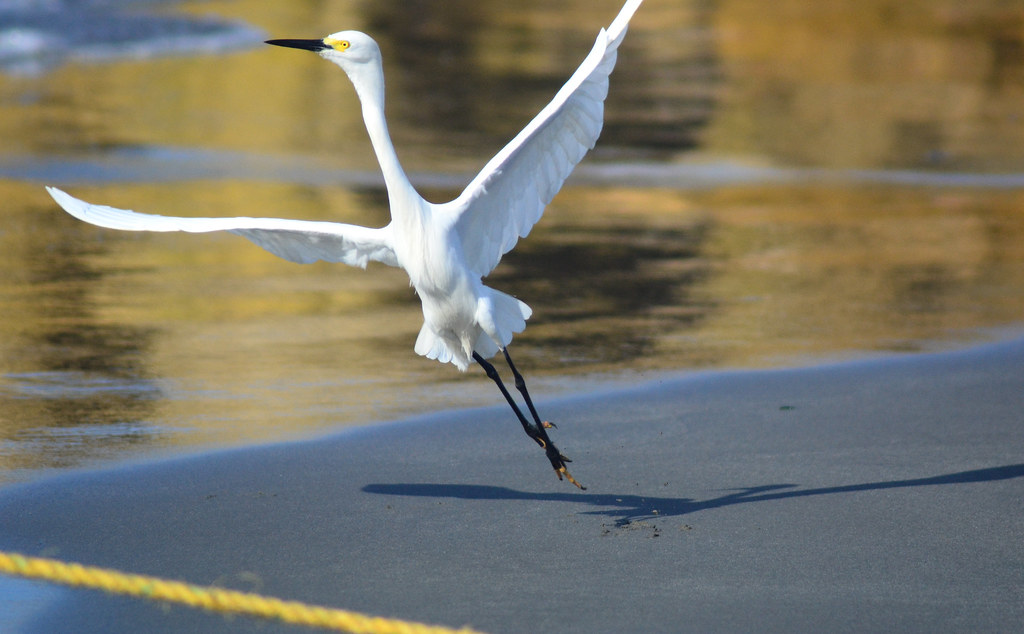
Scattered across the southern Great Plains like thousands of small mirrors, the ephemeral playa lakes represent a constellation of critical stopover sites that collectively support millions of migratory birds. These shallow, temporary wetlands—numbering over 60,000 across Texas, Oklahoma, New Mexico, Kansas, and Colorado—fill with rainfall and snowmelt, creating seasonal oases in an otherwise dry landscape. Unlike permanent bodies of water, playas undergo cyclical wet and dry phases that promote explosive productivity when water returns, creating ideal refueling conditions for birds. During spring migration, these wetlands host an estimated 2-3 million waterfowl and countless shorebirds, including species like the American golden-plover and Baird’s sandpiper making their way from South America to Arctic breeding grounds. The playas’ scattered distribution creates a stepping-stone effect, allowing birds to hop from one wetland to another across the plains. Unfortunately, agricultural practices, groundwater depletion, and climate change threaten these unique ecosystems, with many playas now degraded or completely destroyed.
The Strait of Gibraltar: Mediterranean Crossing Point
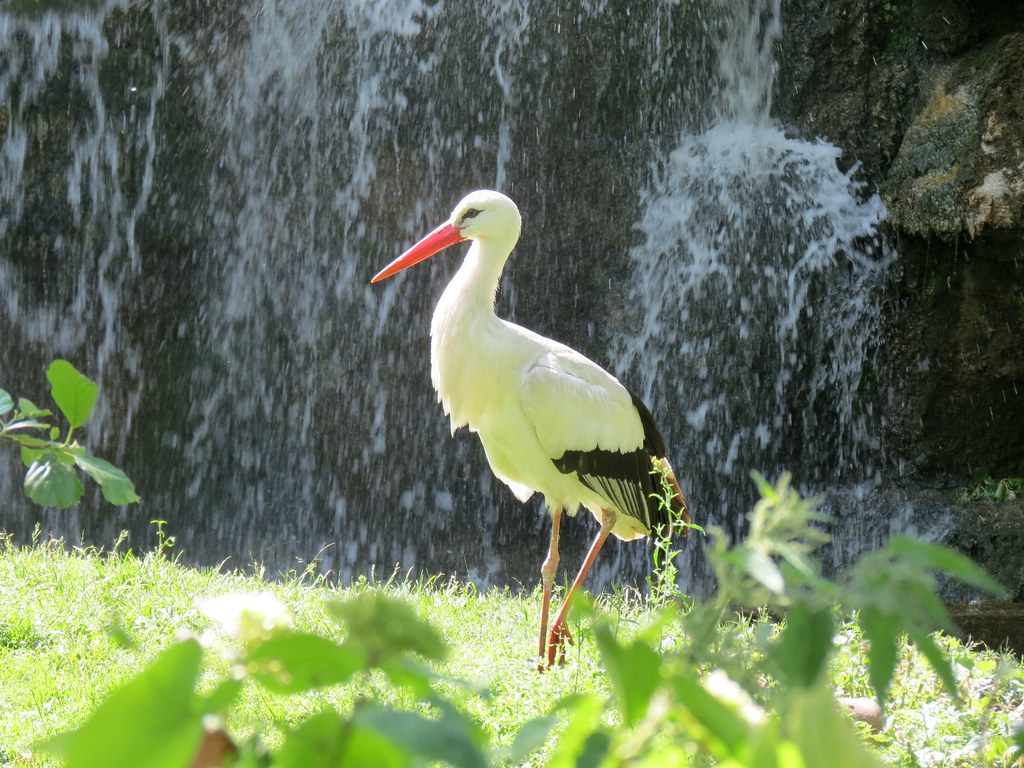
Forming a narrow bottleneck between Europe and Africa, the Strait of Gibraltar serves as nature’s bridge for millions of migratory birds crossing between continents. At its narrowest point, just 14 kilometers separate Spain from Morocco, creating an ideal crossing point that minimizes the dangerous open-water flight. This geographical feature funnels birds from across Europe into a concentrated corridor, with raptors particularly reliant on this route as they depend on thermals and updrafts for efficient long-distance travel. During peak autumn migration, the skies above the strait fill with spectacular congregations of birds of prey, including thousands of honey buzzards, short-toed eagles, and black kites soaring on rising air currents. Before crossing, many birds gather in nearby woodlands and wetlands to build energy reserves, making the habitats on both sides of the strait as important as the crossing point itself. Despite protected status in many areas, development pressure, wind farms, and habitat degradation threaten the integrity of this critical migratory pathway.
The Yellow Sea: Asia’s Endangered Intertidal Highway
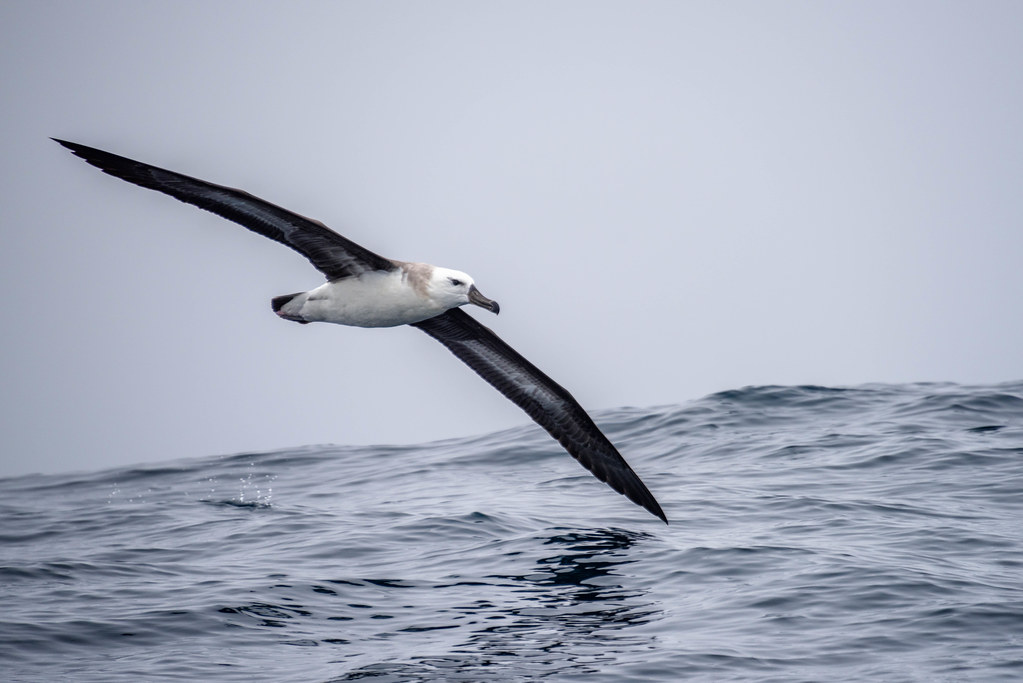
Along the coastlines of China, North Korea, and South Korea, the mudflats and intertidal zones of the Yellow Sea represent perhaps the most critically endangered stopover habitat in the world. This region serves as the indispensable midway point for millions of shorebirds making the epic journey along the East Asian-Australasian Flyway, connecting breeding grounds in Siberia and Alaska with wintering areas as far south as Australia and New Zealand. Species like the critically endangered spoon-billed sandpiper and the great knot depend almost entirely on these productive mudflats to fuel their migrations. The region’s twice-daily tidal rhythm exposes vast areas of mud teeming with invertebrates, allowing birds to rapidly accumulate the fat reserves needed for the next leg of their journey. Alarmingly, over 65% of the Yellow Sea’s intertidal habitats have disappeared in the past 50 years due to land reclamation projects, coastal development, and pollution. Conservation efforts have accelerated in recent years, but for many migratory species that have evolved to depend on these specific stopover sites, the race against extinction continues as habitat loss outpaces protection.
The Pantanal: South America’s Vast Wetland Crossroads
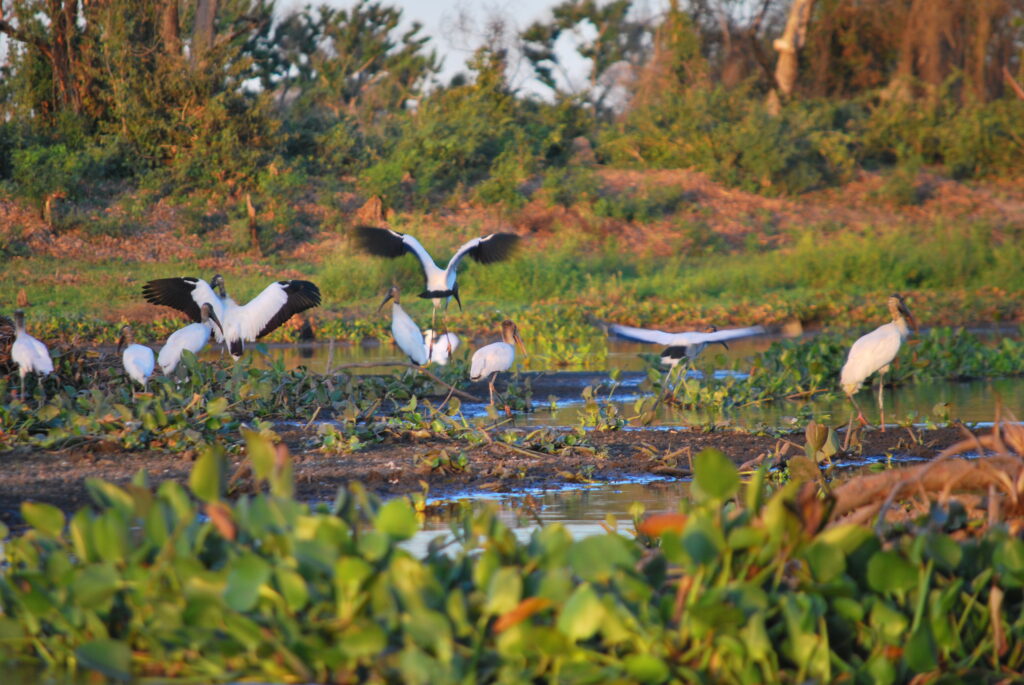
Stretching across Brazil, Bolivia, and Paraguay, the Pantanal stands as the world’s largest tropical wetland and one of South America’s most important migration hubs. This massive seasonal floodplain cycles through dramatic wet and dry phases, creating a dynamic ecosystem that supports both resident species and migrants traveling between North and South America. As northern wetlands freeze during winter months, species like the American wood stork and white-faced ibis find refuge in the Pantanal’s productive waters. The region also serves as a crucial staging area for many austral migrants—birds that breed in southern South America and migrate northward during the austral winter. What makes the Pantanal particularly valuable is its size and intact condition, providing birds with extensive habitat options as water levels change throughout the year. Despite its remote location, the Pantanal faces mounting threats from agricultural expansion, hydroelectric projects that alter natural flooding patterns, and increasingly severe droughts linked to climate change and deforestation in the Amazon.
The Science of Stopover Sites: Why Location Matters
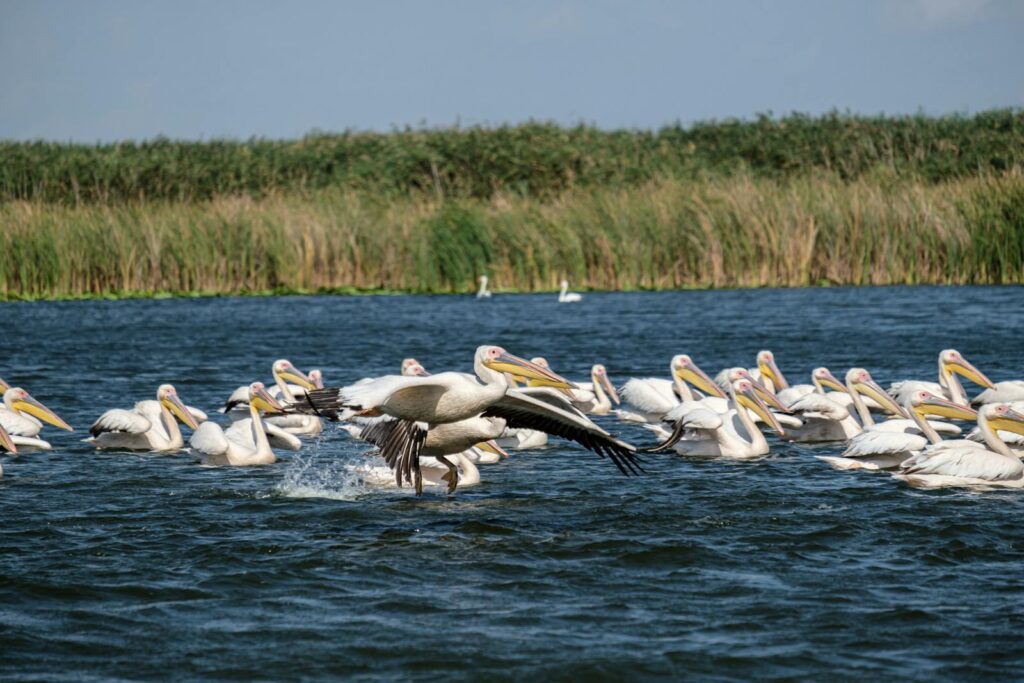
The strategic positioning of stopover sites along migratory routes reflects millions of years of evolutionary fine-tuning. Researchers have discovered that high-quality stopover locations typically share several key characteristics that make them irreplaceable in the migration equation. First, they often occur just before or after major geographical barriers like oceans, mountains, or deserts, allowing birds to prepare for or recover from these challenging crossings. Second, premier stopover sites experience seasonal pulses of food abundance that coincide precisely with migration timing, such as spring insect hatches or fruit ripening. Advanced tracking technologies have revealed that many birds show remarkable site fidelity to specific stopover locations year after year, suggesting they cannot easily adapt to using alternative sites if their preferred locations are degraded. Scientists have also documented how the spacing between stopover sites matches the flight capabilities of different species—small songbirds require more frequent refueling opportunities than larger bodied birds with greater fat storage capacity. This growing body of research underscores why the protection of specific stopover sites is essential rather than optional for migratory bird conservation.
Climate Change: Disrupting Nature’s Perfect Timing
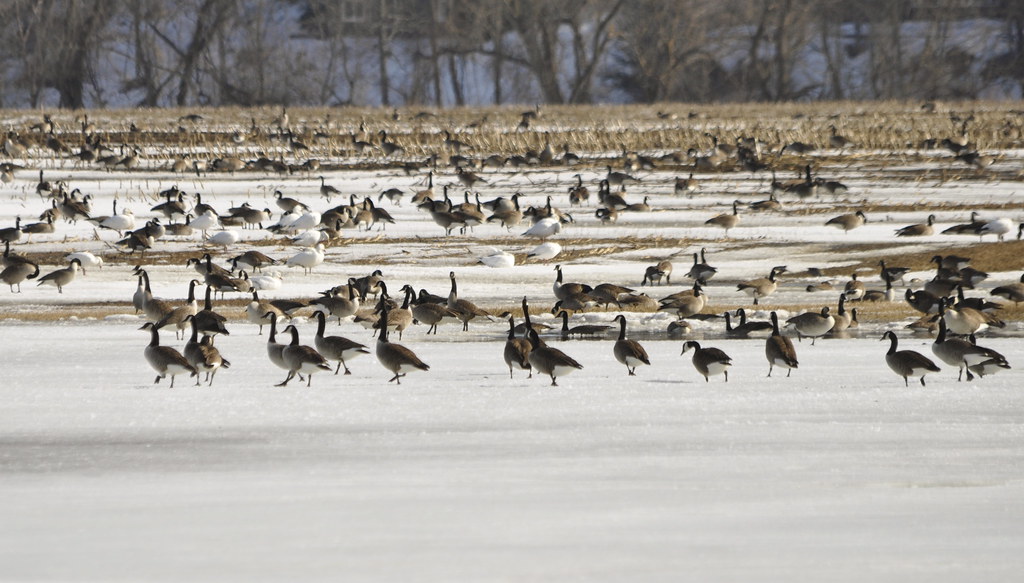
The delicate synchronization between bird migration and stopover resource availability faces unprecedented disruption from climate change. Many birds time their migrations based on day length, an unchanging cue, while the plants and insects they depend on at stopover sites respond to temperature, which is shifting due to global warming. This growing mismatch—termed phenological asynchrony—means birds may arrive at traditional stopover sites only to find food resources have already peaked or haven’t yet developed. At Delaware Bay, for instance, warming waters can trigger earlier horseshoe crab spawning before red knots arrive from South America. Similarly, drought conditions at playa lakes and other wetland stopovers reduce both water levels and food availability precisely when birds need these resources most. Rising sea levels present another serious threat, with projected inundation of coastal stopover sites like parts of the Yellow Sea mudflats and Atlantic coast marshes potentially eliminating critical habitat. These climate-related challenges compound existing pressures from development and habitat degradation, creating a perfect storm for migratory birds that evolved in a more predictable world.
Conservation Challenges: Protecting International Pit Stops
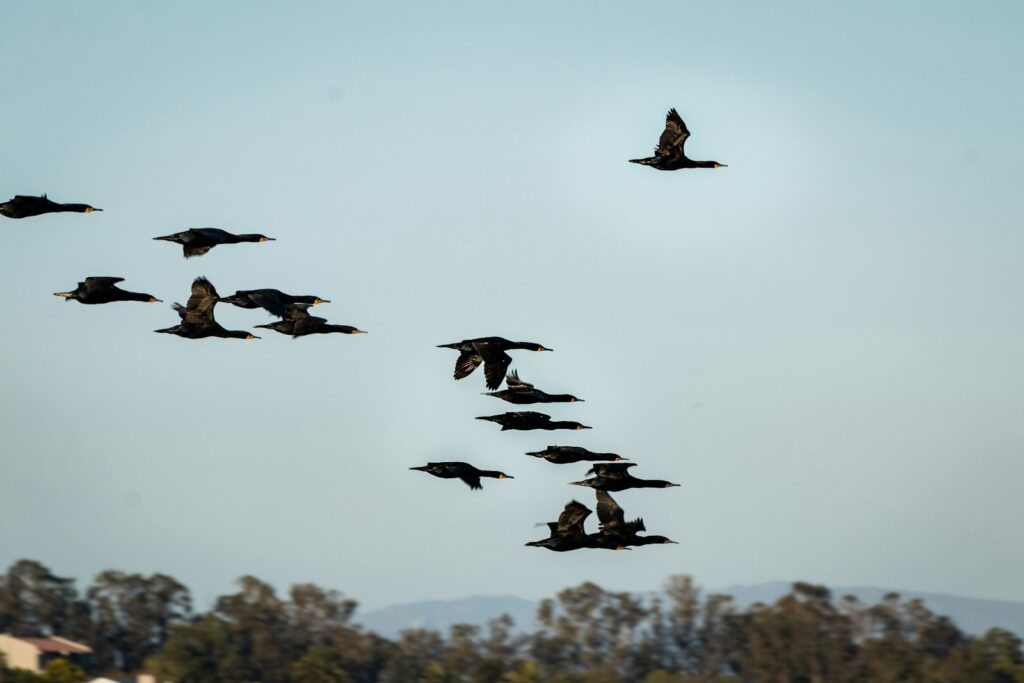
The conservation of migratory bird stopover sites presents unique challenges that transcend traditional approaches to habitat protection. Unlike breeding or wintering grounds where birds remain for months, stopover locations may host individual birds for just days or weeks, making their critical importance less obvious to local communities and policymakers. The international nature of bird migration further complicates protection efforts, as birds moving between continents require coordinated conservation across political boundaries with varying environmental priorities and economic pressures. Many prime stopover habitats—such as coastal wetlands and river deltas—overlap with areas highly valued for development, agriculture, and resource extraction, creating direct conflicts between economic interests and conservation needs. Even when stopover sites receive protection, their ecological function depends on maintaining specific conditions—water levels, food resources, minimal disturbance—that require active management rather than simply designating protected areas. Successful conservation increasingly relies on international agreements like the Ramsar Convention on Wetlands and collaborative efforts between governments, NGOs, and local communities to recognize and protect the irreplaceable value of migration pit stops.
Citizen Science: Tracking Stopover Sites Through Bird Observations
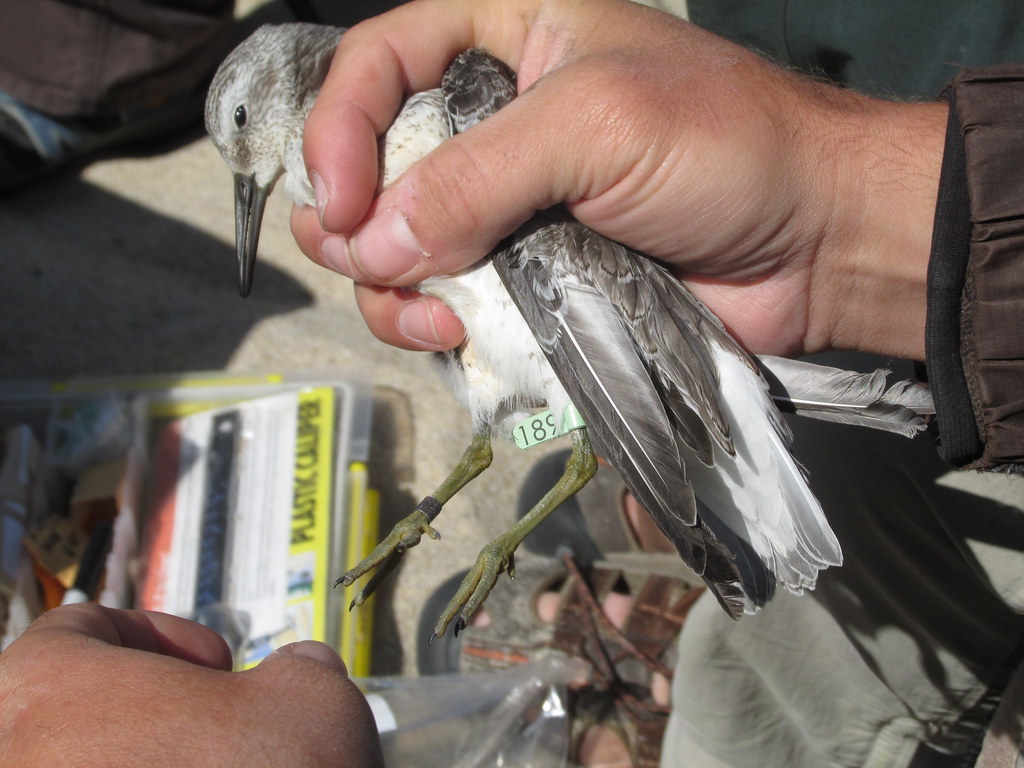
The vastness of bird migration has long challenged scientists’ ability to identify and monitor all critical stopover sites, but the rise of citizen science has revolutionized our understanding of these key locations. Platforms like eBird, managed by the Cornell Lab of Ornithology, now compile millions of bird observations from volunteers worldwide, creating an unprecedented real-time picture of migration patterns and stopover habitat use. These massive datasets allow researchers to identify previously unknown concentration points and track how birds respond to habitat changes and conservation efforts. Beyond data collection, citizen science creates advocates for stopover protection by connecting people directly to the migration phenomenon happening in their local communities. Organized events like World Migratory Bird Day and Global Big Day mobilize thousands of observers to document migration simultaneously across continents, highlighting the international nature of bird movements. Professional scientists increasingly incorporate these citizen-generated observations into sophisticated computer models that predict where and when birds will need stopover resources, helping prioritize conservation efforts. This democratization of bird monitoring represents a powerful tool for protecting the intricate network of stopover sites that birds depend upon during their remarkable journeys.
Conclusion

As we’ve explored these eight critical migration pit stops, it becomes clear that these locations represent far more than convenient rest areas—they form the essential infrastructure that makes bird migration possible. Each site, with its unique ecological characteristics, plays an irreplaceable role in supporting different species along their migratory pathways. The interconnected nature of these habitats reminds us that migratory birds depend not on isolated protected areas but on entire networks of healthy ecosystems spanning continents. As climate change accelerates and human development continues to transform landscapes, preserving these critical refueling stations becomes increasingly urgent. The future of migratory birds—from the endangered spoon-billed sandpiper to the familiar backyard warbler—depends on our ability to recognize, protect, and restore these vital stepping stones that connect their world. By safeguarding these migration pit stops, we not only preserve one of nature’s most spectacular phenomena but also maintain the ecological connections that ultimately sustain biodiversity across the planet.
